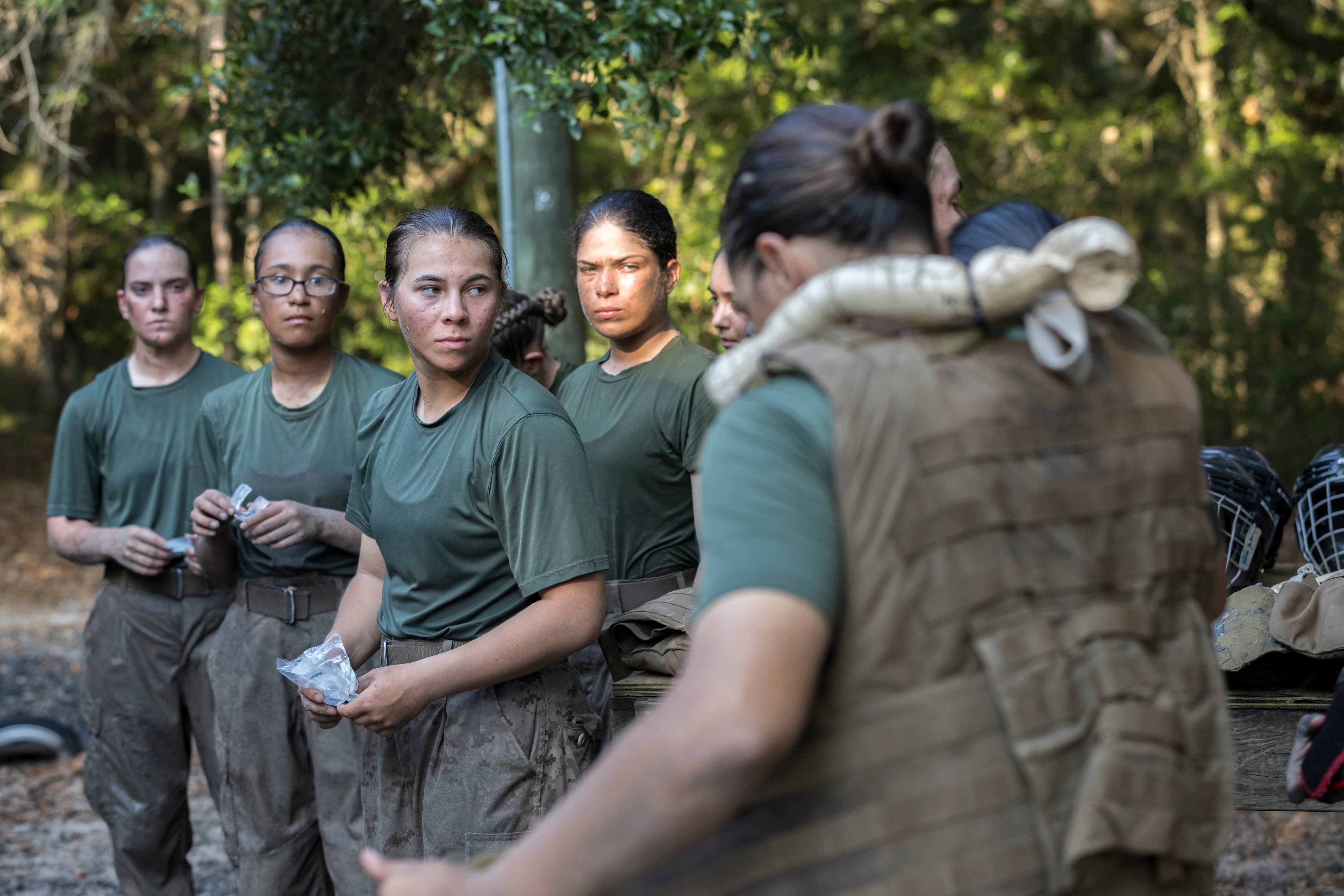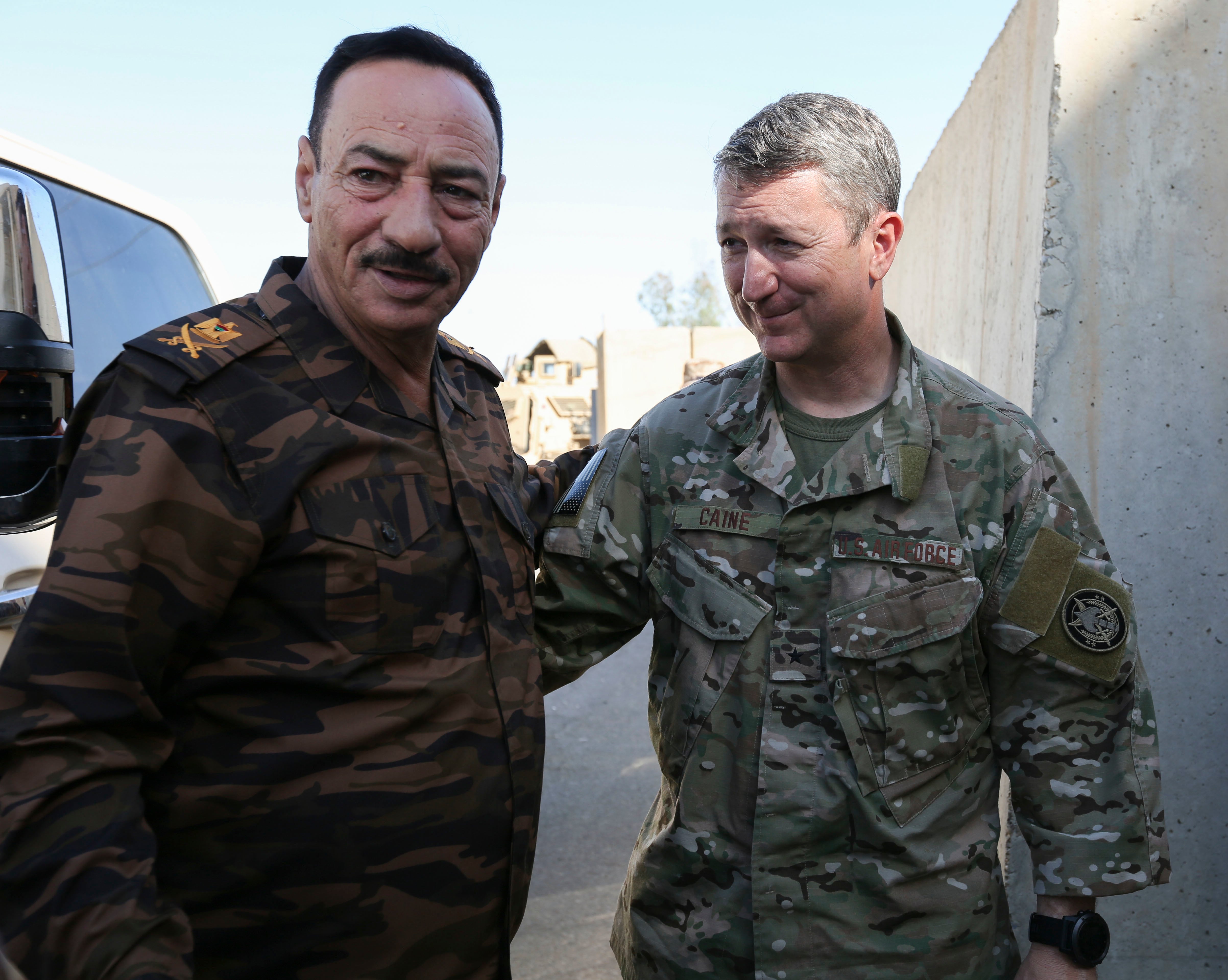The professional development guide for officers and warrant officers of the active and reserve components, DA Pamphlet 600-3, has been updated to reflect several recent changes to the Officer Personnel Management System, including the actions listed below.
Most of the detailed information provided in the pamphlet applies to branches, functional areas and military occupational specialties of the Army Competitive Category. Summary information is provided for the special branches — the Army Medical Department, Chaplain Corps and Judge Advocate General's Corps.
Major changes included in the revised pamphlet include:
- The realignment of branches and specialties under the three functional groups of the ACC, to include the replacement of Maneuver, Fires and Effects with Operations.
Under the new alignment, 11 branches and one functional area, Information Operations, are placed in the Operations category. The public affairs functional area has been moved from MFE to Operations Support, where it is aligned with two branches and 12 other functional areas, including the new electronic warfare specialty.
The smallest functional category, Force Sustainment, is comprised of six branches and the Army Acquisition Corps functional area.
- The establishment of a competitive selection process for slating officers to Immediate Level Education.
The OPMS career model calls for all ACC officers to attend intermediate level education after selection to major, but no later than their 15th year of commissioned service. Selection for the various ILE venues is now competitive, with merit-based boards, convened in conjunction with major promotion boards, determining which officers will be slated for the 10-month resident course at Fort Leavenworth, Kansas, a 14-week common core course at satellite campuses or for distance education opportunities.
Army Medical Department, Chaplain Corps and Judge Advocate General's Corps officers will continue to compete on a best-qualified basis for resident ILE, as will officers of the National Guard and Army Reserve.
- A new definition for broadening, and the importance such assignments play in the professional development of officers.
Included in the pamphlet are examples of specific broadening assignments and opportunities across the grades, branches and functional areas of OPMS.
While broadening opportunities for officers vary in scope, responsibility and developmental outcomes, they fall into the four major categories.
1. Functional or institutional assignments provide developmental opportunities not directly related to an officer career specialty, but will enhance an officer's understanding of how the Army operates.
2. Assignments with academic or civilian enterprise activities can provide officers with new perspectives and knowledge, skills and ability not normally associated with military experiences.
3. Assignments with joint or multinational organizations unrelated to an officer's branch or functional area will increase an officer's understanding of how such organizations interact with the Army.
4. Assignments with U.S. government and partner-nation agencies will broaden the adaptability and intellectual scope of officers, with some duties being more politically or policy-oriented than normal military activities.
- The establishment of a new functional area and career track for electronic warfare officers.
Commissioned officers holding FA 29 (EW officer) and warrant officer MOS 290A (EW technician) are a commander's subject matter experts for all operations in and through the electromagnetic spectrum.
The Cyber Center of Excellence at Fort Gordon, Georgia, is the proponent for these high-tech officer specialties. The revised DA Pam 600-3 lays out the recommended career tracks and professional development phases for EW officers.
- Revised career development models for the branches and functional areas of OPMS.
The specialty models typically include a description of the unique features of a branch or functional area, officer characteristics required in the specialty, the career tracks for active component commissioned officers and warrant officers and career development information for reserve officers.
Realignment of branches:
Operations
Infantry, BR 11
Armor, BR 19
Aviation, BR 15
Field Artillery, BR 13
Air Defense, BR 14
Engineer, BR 12
Chemical, BR 74
Military Police, BR 31
Special Forces, BR 18
Psychological Operations, BR 37
Civil Affairs, BR 38
Information Operations, FA 30
Operations Support
Signal Corps, BR 25
TelecommunicationsSystemsEngineering,FA24
Information Systems Management, FA 53
Space Operations, FA 40
Public Affairs, FA 46
Military Intelligence, BR 35
Strategic Intelligence, FA 34
Foreign Area Officer, FA 48
Strategist, FA 59
Nuclear and Counterproliferation, FA 52
Force Management, FA 50
Operations Research/Systems Analysis, FA 49
Military Academy Professor, FA 47
Simulation Operations, FA 57
Electronic Warfare, FA 29
Force Sustainment
Finance, BR 36
Acquisition Corps, FA 51
Logistics, BR 90
Transportation, BR 88
Ordnance, BR 91
Quartermaster, BR 92





